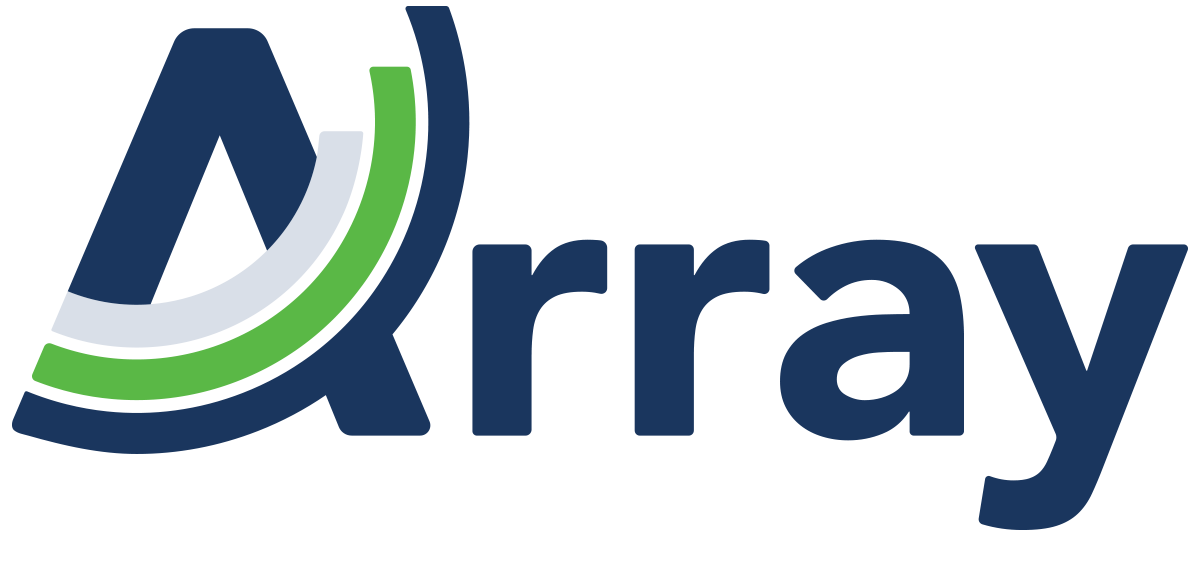Every week, the Array team reviews the latest news and analysis about the evolving field of eDiscovery to bring you the topics and trends you need to know. This week’s post covers the week of April 22-28. Here’s what’s happening.
Highlights from Masters Conference
The intersection of emerging technology, such as linked files and the use of generative AI, and ESI protocols were among the topics discussed by eDiscovery panelists at the Masters Conference on April 17 in Washington, D.C., Legaltech News reported.
As for disclosing the use of generative AI in ESI protocols, panelists said they opt for the term “use of technology to assist” to avoid requests for AI prompts that may include sensitive business information.
“You shouldn’t disclose the full prompt but some visibility into the prompting process, some assurances that you are covering all areas of responsiveness are important,” said Christian J. Mahoney, counsel and global head of eDiscovery and Litigation Technology at Cleary Gottlieb.
On hyperlinks, Briordy Meyers, discovery counsel at Google, said the major takeaway from current case law is that there’s inconsistency on definitions. “Everyone is still getting a handle on exactly what we mean, technically, when we talk about linked files. How easy are they to get, how easy are they to zip back together and present in context?” he said.
Rishi Chhatwal, managing director at Alvarez & Marsal Disputes and Investigations, said he had a “never seen that before” moment when he recently received a Federal Trade Commission request asking his firm to submit email attachments and hyperlinked attachments as “normal attachments.”
Before agreeing to a strict ESI protocol, it’s important to understand what a definition means and whether the technical means exist for the company to comply with the protocol. For example, Meyers referenced In re StubHub Refund Litig., in which Stubhub was held to an ESI protocol that said it could treat linked files as attachments and produce them as such; but it couldn’t after failing to preserve the parent-child relationship.
Your eDiscovery partner can be a great gatekeeper when reviewing ESI protocols to ensure that you and your technical team can both comply with the requirements. Ensure that each protocol is narrowly tailored to the case at hand. While sample protocols or protocols used in previous matters can be a helpful place to start, it’s important to review each requirement with fresh eyes for each new project to confirm that the requirements are germane, feasible, and not overly burdensome.
Another Word on Attachments
Attachments remain a hot topic in eDiscovery, and for good reason. As Array’s Tracey Oldenburg recently wrote, a single email thread could have a spreadsheet attached, which in turn might have a PDF embedded within it, and that PDF might contain yet another attachment. This labyrinth of nested attachments poses significant hurdles for eDiscovery professionals tasked with identifying, collecting, and producing relevant data for legal proceedings.
Tracey’s article covers the different types of attachments and Array’s solutions for preserving this data, including advanced tools that can automatically detect and extract attachments from various sources, such as emails, databases, and cloud storage platforms, employing advanced algorithms to identify and process the contents of the attachments, making the data readily available for review and analysis.
Other recent eDiscovery news and headlines:
- Back to eDiscovery Basics: Are Your Legal Hold and Preservation Processes Subject to Discovery? (ACEDS Blog)
- Girding for the E-Savvy Opponent (Revisited) (Ball in Your Court)
- ESI Protocol Dispute – “Modern Attachments” and the “Humpty Dumpty Issue” (EDRM Blog)
Julia Helmer; Director, Client Solutions
With a decade of expertise, Julia excels at optimizing enterprise eDiscovery workflows from start to finish. With a deep understanding of how to seamlessly integrate workflows across various eDiscovery platforms, Julia creates tailored solutions for data identification, legal holds, ESI collections, and productions. By harnessing the power of Technology Assisted Review and Analytics, she delivers efficient, cost-effective results that align with best practices and budgetary constraints. Julia’s exceptional communication and customer service skills have fostered strong, lasting relationships with both clients and Project Management teams, enabling her to effectively problem-solve and drive success across numerous projects.

